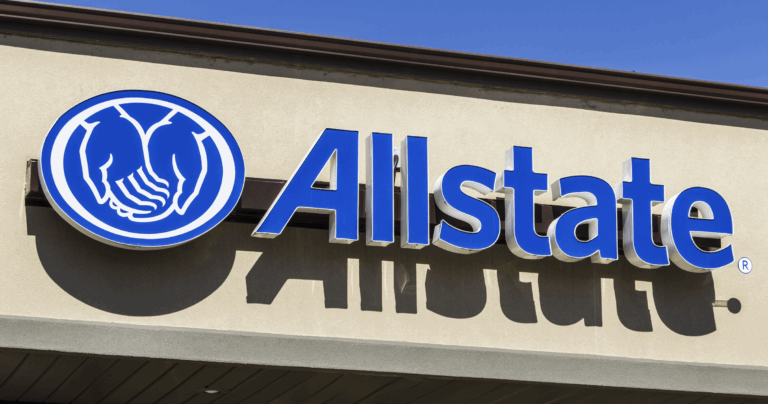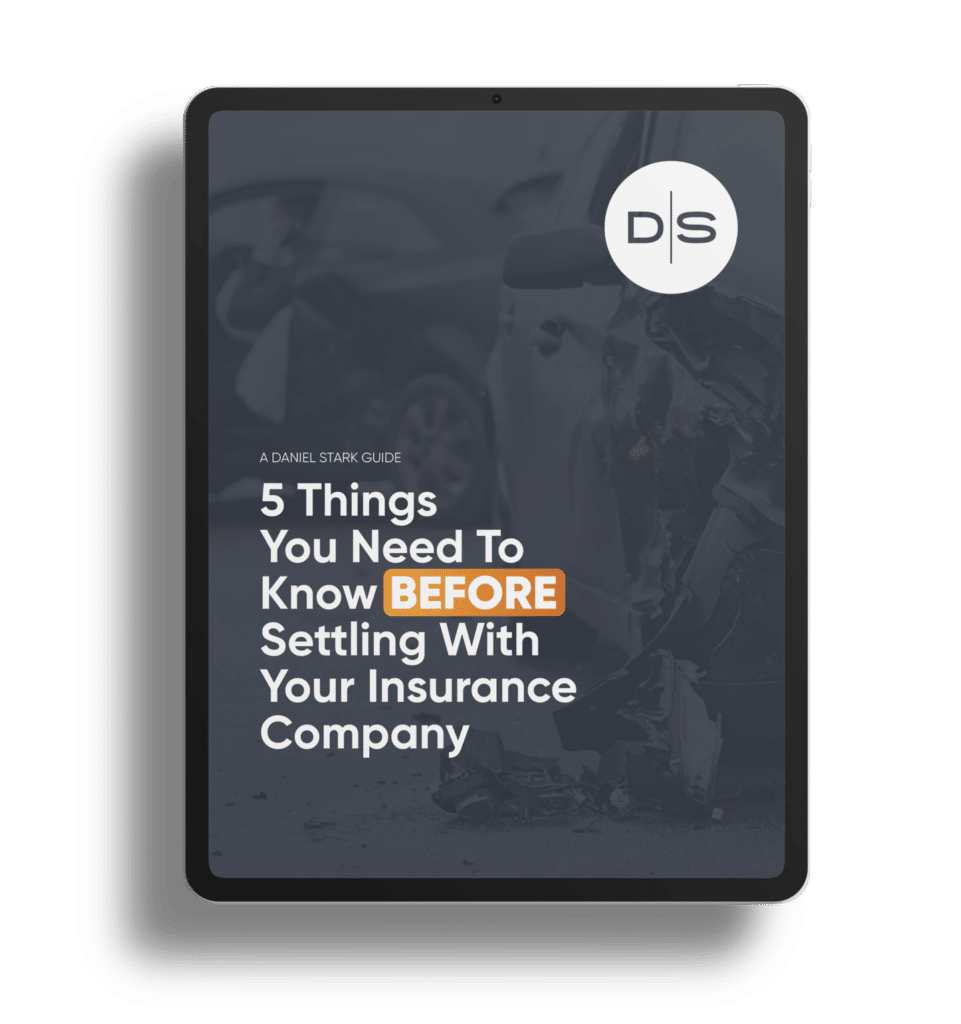Autor: Shelby Benavidez
Abogado colaborador: Justin Jackson, Attorney
Experiencing a car accident can be extremely scary, but the unfortunate truth is that tens of thousands of car wrecks happen every day across the United States. After a car accident, many people wonder: Was this my fault? Will I be responsible for paying the damages? Figuring out who is at fault, how much money should be paid, and which insurance covers it often requires legal help.
This article explores the legal concept of liability after a car crash, the types of damages that may be recovered, and how these issues are handled specifically in Texas. Whether you’re a driver, passenger, or pedestrian involved in a collision, understanding your legal rights and responsibilities is essential.
Legal Foundations of Liability
What Is Liability?
In civil law, liability means being legally responsible for paying someone for harm you caused, usually because of carelessness. After a car crash, a driver can be found liable if they didn’t drive as carefully as a reasonable person would in the same situation. This could include things like speeding, texting while driving, or running a red light.
Different Types of Liability and Negligence
There are several different types of liability or ways for a driver to be found at fault for a crash. The most common is ordinary negligence. This means the driver had a specific duty of care, yet failed to provide that level of care, which then caused the crash, and subsequentially caused harm to others. Sometimes, just breaking a traffic law, like running a red light, can automatically prove negligence under the rule of negligence per se, if the law was meant to prevent the kind of harm that happened.
If the driver’s actions were especially dangerous, like driving drunk or racing, they may be accused of gross negligence, which could lead to extra punishment, called punitive damages, to discourage that kind of behavior.
Other types of legal responsibility can also apply. Vicarious liability means someone else can be held responsible for another person’s actions. For example, an employer can be responsible for an employee driving on the job.
Finally, comparative negligence comes into play when both drivers share some blame for the crash. In these cases, each person’s level of fault is weighed, and any compensation is reduced based on their share of responsibility. Knowing which type of liability applies is important for deciding who to sue, how to build the case, and what insurance might cover the damages.
How Is Liability Determined?
Liability will be determined based on the facts of the case. Insurance companies and personal injury attorneys will explore every avenue available to determine how the crash happened.
“Liability can be determined in several ways,” Daniel Stark Attorney Justin Jackson said. “1. A crash report from an investigating officer that outlines his/her opinion of fault in the crash. 2. Witness statements of people not involved in the wreck, and 3. Statements or admissions of fault by someone involved in the wreck, or 4. Nearby camera footage.”
However, one single party isn’t always completely at fault. Depending on your state’s laws, both parties, and maybe even a third party, may have to share the blame.
Key Legal Concepts That Impact Recovery
Comparative vs. Contributory Negligence
“Comparative negligence is the percentage of negligence that a jury finds a particular party in a lawsuit negligent,” Jackson said. Let’s say you were injured in an accident because someone ran a red light. Later, it was found that you were speeding, therefore partially contributed to the accident. In a comparative state, you could still recover damages as long as you don’t exceed a certain threshold. For example, in Texas, you can only recover damages if you were found less than 50% at fault for the crash. Even then, the amount that you can recover will be reduced by the percentage that was your fault.
“At trial, a jury may hear the evidence and assign the Defendant 80% of the negligence and the Plaintiff 20% of the negligence,” Jackson explains. “In that scenario, the Plaintiff’s total damages would likely be reduced by 20%.”
Let’s break it down like this: The policy limit for the other driver’s insurance is $100,000. You were found to be 20% at fault for the crash, so $20,000 is reduced from what you can recover, leaving you with the potential to receive $80,000 max from their policy.
Contributary negligence, on the other hand, bars the injured party from receiving any sort of compensation from the other party’s insurance if they were found even 1% at fault. This is not common throughout the U.S., and only 4 states and Washington, D.C. have pure contributary negligence laws including Alabama, Maryland, North Carolina, and Virginia.
Damages: Economic, Non-Economic, and Punitive
Once liability is established, the next step is assessing damages. Economic damages refer to direct financial losses, such as medical expenses, lost wages, and property damage. These are typically supported by documentation like hospital bills, employment records, and repair estimates. Non-economic damages cover more subjective losses, including pain and suffering, emotional distress, and loss of enjoyment of life.
In cases where the driver was grossly negligent or criminally negligent, such as driving while intoxicated, the court may award punitive damages to punish the driver and discourage others from doing the same. These damages aren’t based on the victim’s losses, but rather on the driver’s behavior. Each state has different laws regarding how much can be awarded for punitive and non-economic damages, so it’s extremely critical to have a lawyer on your side to help you navigate this and secure full value for your injury.
Insurance Coverage, Policy Limits, and the UM/UIM Safety Net
All states require drivers to carry a minimum level of auto liability insurance, but the specific policy limits vary by jurisdiction. For example, Texas mandates a minimum of $30,000 for bodily injury per person, $60,000 per accident, and $25,000 for property damage. These limits cap the amount an insurer has to pay regardless of the severity of the injuries or extent of damage.
“It is possible for a Plaintiff to obtain damages over an insurance policy,” Jackson said. “However, several factors would need to be involved, and most cases usually are settled within/for policy limits. This is a case-by-case situation and is better answered by an attorney on the case.”
If damage to your vehicle or your injuries do surpass the policy limits of the other driver, you can also turn to your own uninsured/underinsured motorist (UM/UIM) coverage. This type of coverage essentially replaces the liability that should have been provided by the at-fault party. UM/UIM coverage is optional in some states and mandatory in others, and it often provides a crucial safety net in serious accidents involving insufficiently insured drivers.
Texas Laws and Practical Advice
Is Texas a No-Fault State?
“Texas is not a no-fault state for auto insurance. It is an at-fault or tort state,” Jackson said. “This means, if you’re in a car accident in Texas, the driver who caused the accident, or the “at-fault” party, is responsible for paying for the damages and injuries.” People hurt in a crash can file a claim directly against the at-fault driver, rather than through their own insurance first.
Como se mencionó anteriormente, Texas uses a modified comparative negligence rule. So, if you’re found to be more than 50% at fault, you can’t get any money from the other driver’s insurance. If you’re partly at fault but less than 50%, your payment is reduced based on your share of the blame.
Who Pays a Personal Injury Settlement or Verdict in Texas?
We get this question all the time. Many of our clients are hesitant to file a lawsuit or push for policy limits because they are afraid that the other driver is responsible for paying the rewarded amount. This simply isn’t true. The at-fault driver’s insurance company pays the settlement or verdict, regardless of whether you stay within policy limits or exceed them.
When you file a lawsuit, it will say the other driver’s name and not their insurance. This leads people to believe that the rewarded amount comes directly out of the at-fault driver’s pockets and assets, but it doesn’t. If you are rewarded $1 million, the other driver won’t lose anything because it comes from the insurance company.
The situation is the same if you are the at-fault driver. If someone comes knocking on your door to serve you with papers and inform you that you’re being sued, what they actually mean is they are suing your insurance. Your premium may go up, but you will most likely not be responsible for paying the other driver out of pocket for their injuries or the damage caused to their vehicle.
“There are exceptions where Defendants may be personally liable for damages,” Jackson warns, “however those are in the minority of situations and are better answered by the attorney handling the case.”
Contacte a un abogado especializado en lesiones personales
The legal issues after a car crash can be complicated, with different types of liability, insurance coverage, and state laws involved. A skilled personal injury lawyer can help protect your rights, gather important evidence, and figure out how much your case is worth. Acting quickly is important to save key evidence, like data from the car’s black box, traffic camera video, and phone records. Lawyers also help deal with shared fault rules and make sure all legal steps, like notifying uninsured/underinsured motorist (UM/UIM) insurance, are properly followed.
Lawyers can also push for fair settlements by using tools like Stowers demand letters, which pressure insurance companies to pay within policy limits or risk paying more later. If a settlement isn’t reached, the lawyer can take the case to trial, using expert witnesses and strong evidence to help the client get the most money possible. In Texas, most personal injury lawyers work on a contingency fee basis, meaning clients don’t pay anything upfront. They only pay once the case is won, and the costs will be deducted from the final settlement/verdict. You’ll never pay out of pocket, so basically, you have nothing to lose.




